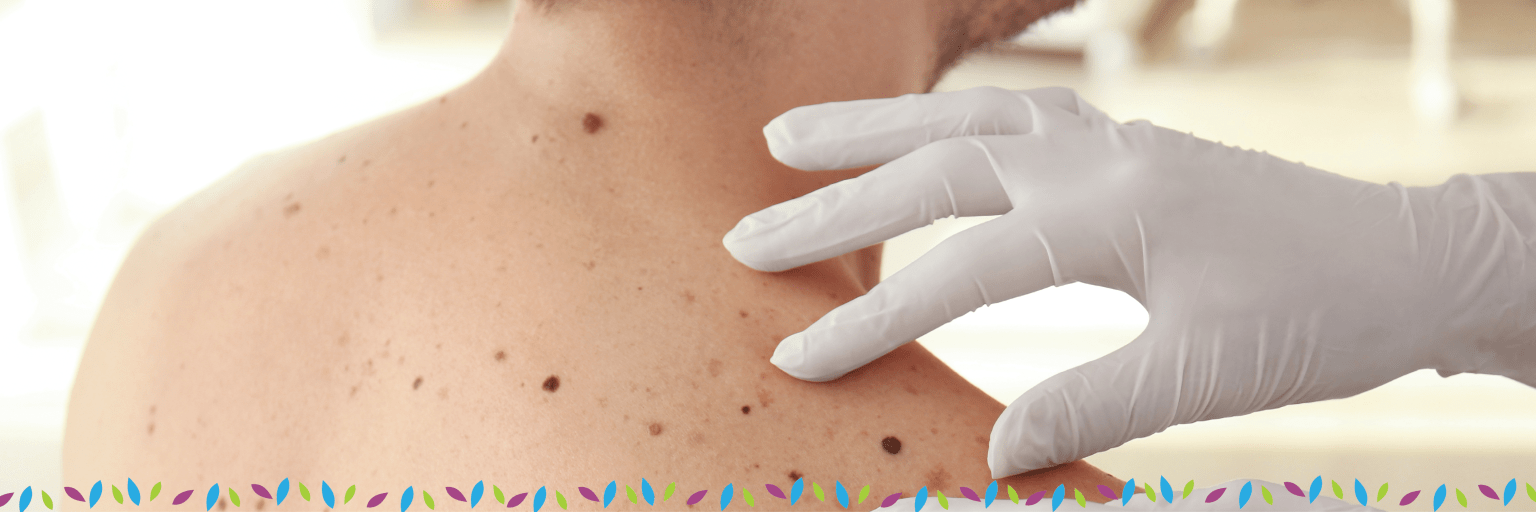- About
- Services
- Patient Information
- Specials
- Shop
- Locations
- Contact Us

Congenital Nevi. Moles present at birth. The larger their size, the greater the risk for developing into skin cancer.
Atypical Dysplastic Nevi. Irregularly shaped spots that are larger than average. They often appear to have dark brown centers with light, uneven borders.
Higher frequency of moles. People with 50 or more moles are at a greater risk of developing skin cancer.
A = Asymmetry: Half of the mole does not match the other half in size, shape or color.
B = Border: The edges of the spot are irregular, scalloped, or poorly defined.
C = Color: The mole is not the same color throughout, has shades of tan, brown, or black, or is sometimes white, red, or blue.
D = Diameter: Melanomas are usually greater than 6mm (the size of a pencil eraser) when diagnosed, but they can be smaller.
E = Evolving: A mole or skin lesion that is different from the rest, or changes in size, shape, or color.
For more information or to schedule an appointment at one of our several dermatology offices in Arizona, please contact us by calling (480) 556-0446 or leaving us a message with the contact form below.
Whether you wish to receive treatment for a skin condition or an aesthetic procedure, you can be assured you will be treated with professional and personal care by one of our skin care experts. Please feel free to call us at (480) 556-0446 or leave us a message online using our Contact Us form.
A full-service dermatology group offering services in general dermatology, skin cancer detection and treatment, Mohs surgery, aesthetics, and allergy. At our Valley-wide locations, we take pride in our dedication to help inspire and empower you to make educated, healthy decisions about skin care.
Follow Us Online:
 Scroll Up
Scroll Up